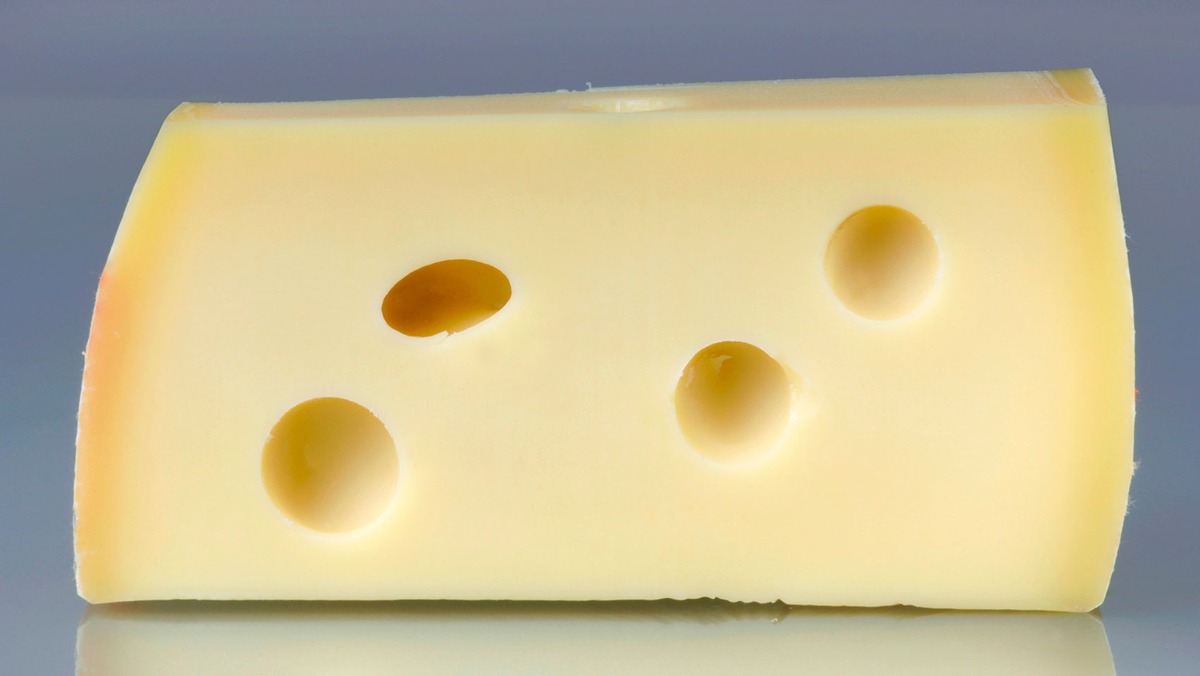he mystery of Swiss cheese and its disappearing holes has finally been solved.
A Swiss agricultural institute discovered that tiny specks of hay are responsible for the famous holes in cheeses like Emmental or Appenzell.
As milk matures into cheese these "microscopically small hay particles" help create the holes in the traditional Swiss cheese varieties.
The government-funded Agroscope institute said in a statement Thursday that the transition from age-old milking methods in barns to fully-automated, industrial milking systems had caused holes to decline during the last 15 years because the systems being used are cleaner.
In a series of tests, scientists added different amounts of hay dust to the milk and discovered it allowed them to regulate the number of holes.
Agroscope said in a statement that the fascination with the formations in the cheese stretches back to 1917 when a detailed review of Emmental was published by American William Clark. He contended they were produced because of carbon dioxide from bacteria.
Fuente: mashable.com
